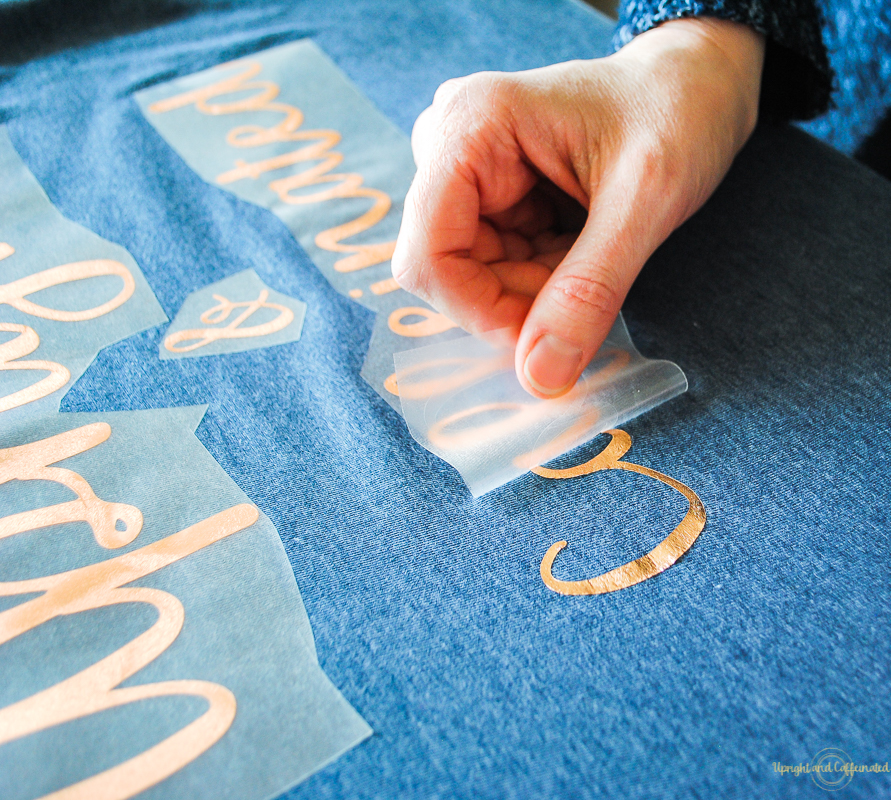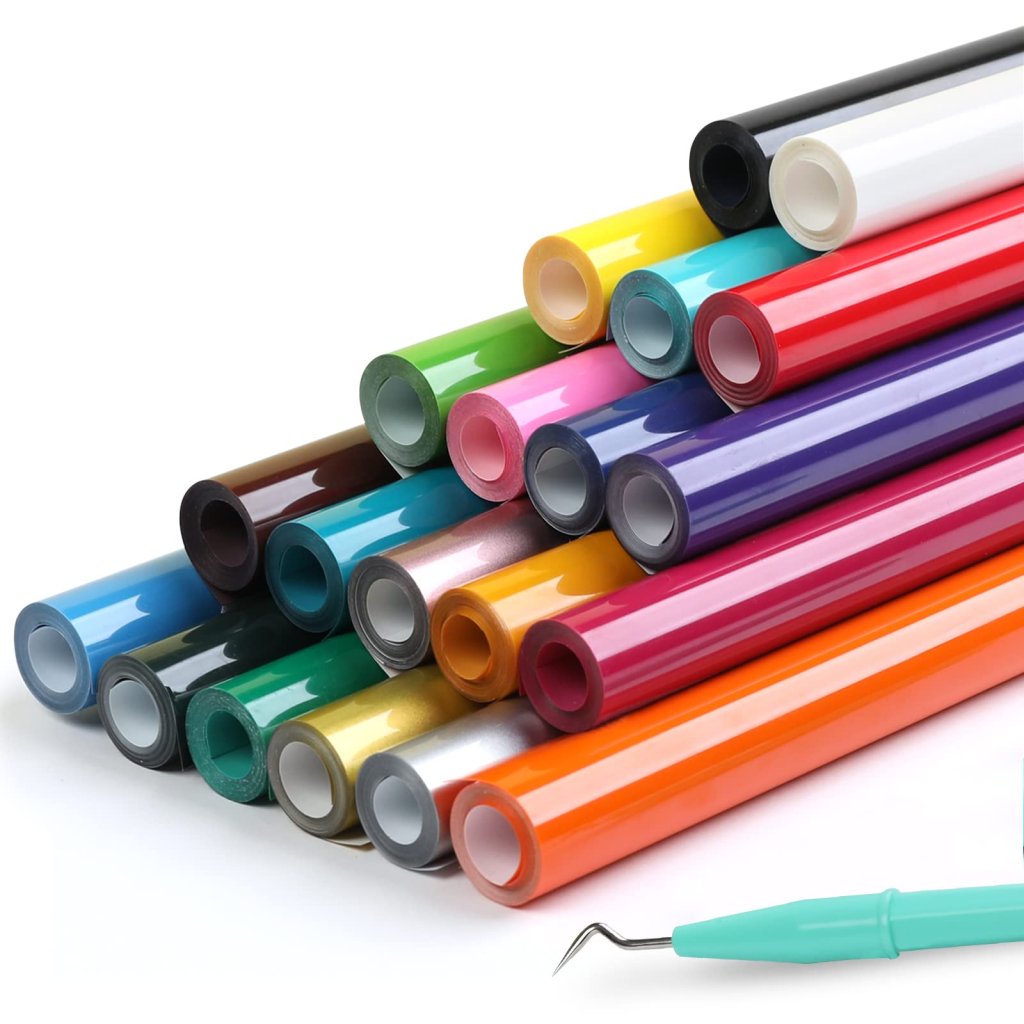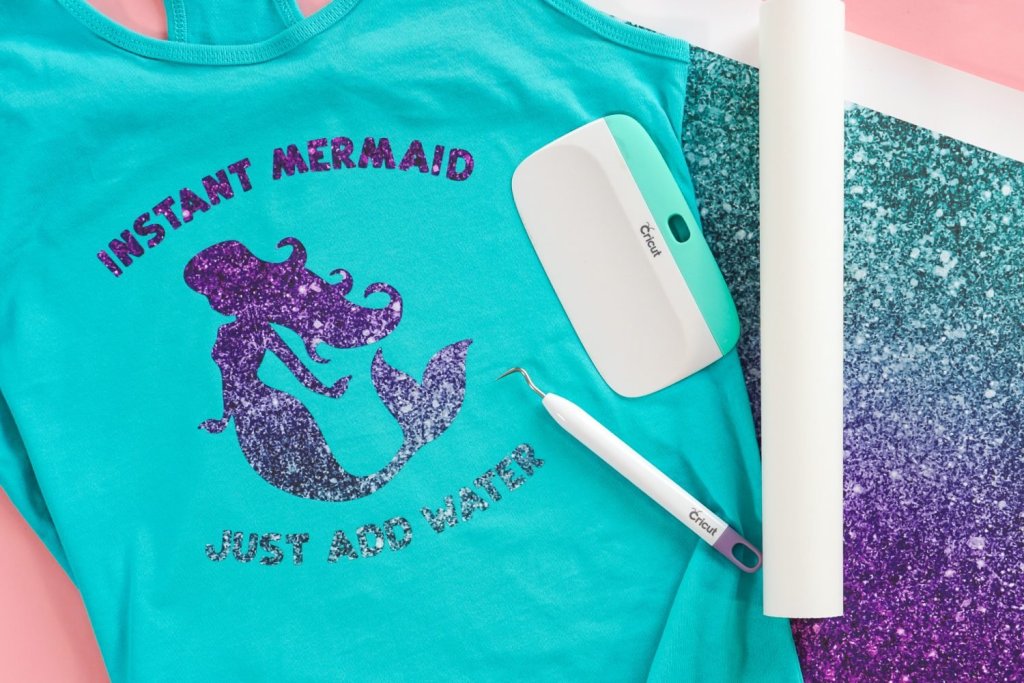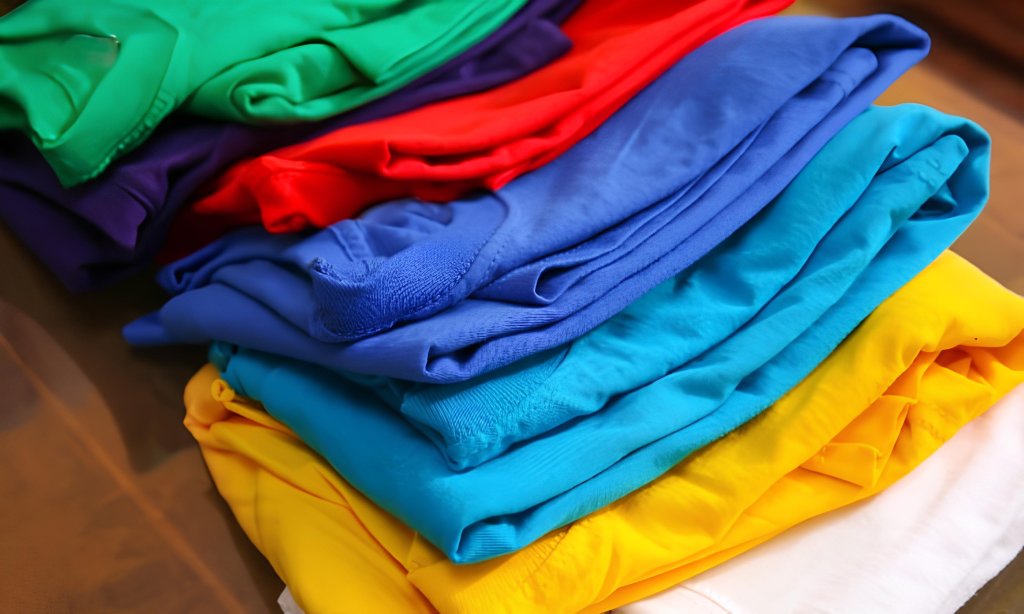If you are into customizing your clothing or running a small apparel business, you have probably encountered the term “Htv” or heat transfer vinyl. HTV allows you to add unique designs, graphics, or text to your clothing items, creating personalized garments.
But can you apply HTV to polyester fabrics, particularly on blends like 60% cotton and 40% polyester shirts?
HTV is widely used in the world of custom apparel for creating personalized clothing, team jerseys, promotional merchandise, and more. The success of your heat transfer vinyl application depends on factors such as the quality of the HTV material, the temperature and pressure applied during the heat transfer process, and the specific care instructions for the fabric.
This comprehensive guide will delve into the intricacies of working with HTV on such fabrics.
Understanding Heat Transfer Vinyl (HTV)

Heat Transfer Vinyl, commonly known as HTV, is a vinyl material with adhesive backing that can be applied to fabrics using heat and pressure.
It is widely used for creating a custom variety of colors, textures, and finishes on various textile items, including t-shirts, hoodies, hats, and more. HTV comes in various colors, textures, and finishes, making it a versatile choice for personalizing garments.
Heat Transfer Vinyl is Popular for Several Reasons

- Versatility- Works on various types of fabrics.
- Customization- Create intricate and personalized designs.
- Durability- Can withstand multiple washes without fading or peeling.
- Ease of Use- You don’t need specialized equipment to get started; a household iron can often do the job.
- Quick Results- HTV allows for quick and relatively easy customization, making it a popular choice for small-scale and one-off projects.
The Challenge with Cotton-Polyester Blends
Before we get into the basics of applying HTV to 60% cotton and 40% polyester shirts, we must understand the unique properties of these fabric blends and the challenges they present for heat transfer vinyl.
- Cotton– Cotton is a natural fiber known for its breathability, comfort, and absorbency. It readily accepts heat and adheres well to HTV. However, cotton tends to wrinkle and shrink when exposed to high heat, so proper temperature control is crucial.
- Polyester– Polyester, however, is resistant to heat and moisture. While it doesn’t shrink or wrinkle like cotton, it can be a bit trickier here to adhere HTV to polystyrene due to its low heat absorption properties.
- Cotton Polyester Blends– Cotton polyester blends combine the best of both worlds. It offers comfort and also durability. However, they also pose a challenge for heat transfer because of the different characteristics of the two fibers.
Preparing Your Materials

Whether you’re a DIY enthusiast looking to create unique clothing or a business owner interested in offering custom apparel, HTV is a versatile and effective method for adding custom designs to fabric items. Before you start the heat transfer vinyl application process, you will need the following materials
- 60% cotton 40% polyester shirt– Choose a sweater made from a specific blend. Ensure it is clean and free of any dust. As this can interfere with the vinyl and adhesion.
- Heat transfer vinyl– Select the HTV’s colors and textures you want for your design. Ensure the vinyl is compatible with cotton polyester blends and is high-quality.
- Cutting machine– If you’re planning intricate designs or texts, a cutting machine like a circuit or silhouette will make the process more precise and efficient.
- Weeding tools help you remove excess vinyl from your design, leaving only the parts you want to transfer.
- Heat press or iron– A heat press machine is ideal for consistent temperature and pressure, but you can also use a household iron if that’s what you can access.
- Teflon or parchment paper– You will need this to protect your vinyl and shirt during the heat transfer process.
- Hard surface– a flat surface like a table or countertop is essential for giving even pressure during the heat transfer.
Tips for Applying HTV to 60/40 Blends

Applying Heat Transfer Vinyl (HTV) to garments made from a 60% cotton and 40% polyester blend presents a unique set of challenges and considerations. Achieving a successful and long-lasting result requires a thoughtful approach and attention to detail.
- Temperature and Time– Adjust the heat press or iron settings according to the vinyl manufacturer’s recommendations. Typically, a temperature of around 305 ° F for 15 to 20 seconds works well for cotton polyester brands.
- Pressure– Apply firm and even pressure when placing the vinyl on top. Use a Teflon or parchment paper to protect the vinyl and shirt during pressing.
- Peeling– Follow the vinyl manufacturer guidelines for peeling the transfer sheet. Some vinyls require a warm peel, while others need a cold peel. A warm peel is often recommended for cotton polyester blends.
- Washing Instructions– After application, wait at least 24 hours before washing the garment. When washing the shirt inside out, use cold water and avoid using fabric softeners, as they can affect the vinyl’s longevity.
Conclusion
Utilizing heat transfer vinyl is one of the best ways to create personalized t-shirts. You can cut out any type of graphic design element, including writing, logos, and amusing images.
Heat transfer vinyl can be used on 60% cotton and 40% polyester shirts. When applied with the right techniques and care. While polyester may present some challenges while applying, adjusting temperature and pressure and following proper peeling and washing instructions can lead to successful HTV applications.
If you encounter difficulties, don’t hesitate to explore alternative customization methods like screen printing and sublimation to achieve the desired results for your project. You should also contact a professional.
Remember, practice and patience are key to mastering the art of customizing clothing with HTV.

